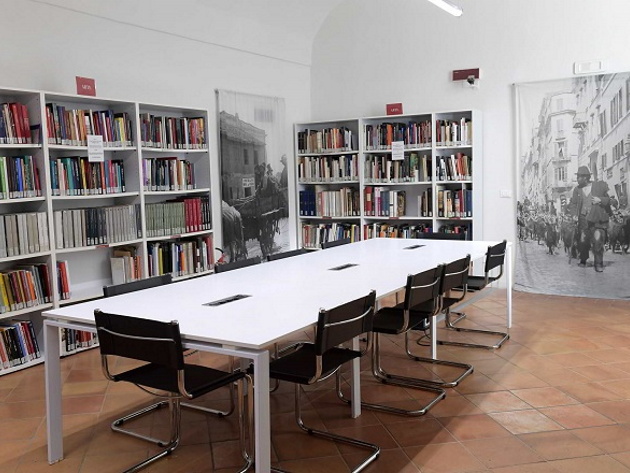
The Aula Studio (Study Room) inside the Museo di Roma at Palazzo Braschi in Piazza Navona was inaugurated on 21 December 2023, and is the first municipal space where it is also possible to study during the weekend (it follows the opening hours of the Museo di Roma: Tuesday to Sunday from 10 a.m. to 7 p.m.).
With the intention of creating a new network of study rooms in Rome, a set of complementary spaces to the public reading libraries, to respond to the need for places of aggregation and study for the young people of the Capital, it houses approximately 3,000 titles of the library heritage, divided into the Roma, Repertori, Arte and Artisti sections.
The space - with free access and a current capacity of 24 workstations - is located on the ground floor of the Museum and is also fully accessible for people with disabilities.
Users can access the Study Room without booking, while consultation of the archival and bibliographic holdings of the museum's documentation centre continues, as always, to be available upon request by scholars and researchers.
The opening of the Study Room at Palazzo Braschi is part of the initiatives promoted by the Civic Museums System to broaden the offer and accessibility of museum spaces and to promote attendance and visits, enhancing the places of culture and revitalising the historic centre with new cultural services open to all.
The Museo di Roma Palazzo Braschi
Located in the heart of Renaissance and Baroque Rome, between Piazza Navona and Piazza Campo dei Fiori, the 18th-century Palazzo Braschi is home to the Museum of Rome. To the design of architect Cosimo Morelli (1732-1812) we owe its majestic structure, the B, the refined stuccoes and the Bin the rooms, some of which still preserve the tempera decorations made in the late 18th and early 19th centuries. Its most characteristic architectural element is the monumental staircase, which was also designed by architect Giuseppe Valadier (1762-1839). Due to the wealth and breadth of its collections, the Museum of Rome is the most significant cultural institution for knowledge of the social history and artistic activities in Rome from the Middle Ages to the early 20th century. It houses more than one hundred thousand works - including paintings, drawings, sculptures, engravings, photographs, furniture, clothing, ceramics, carriages and sedan chairs, architectural elements and frescoes.
Photo: Roma Capitale
Aula Studio La Pelanda - Mattatoio
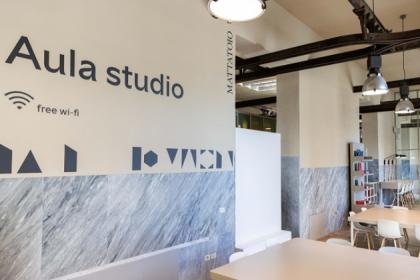
 Condividi
Condividi
Aula Studio del Macro
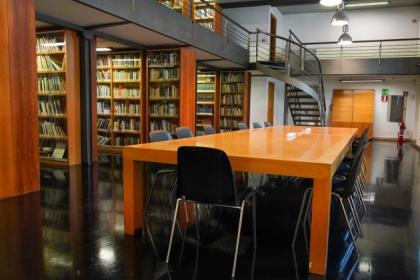
 Condividi
Condividi
Aula studio Trionfale
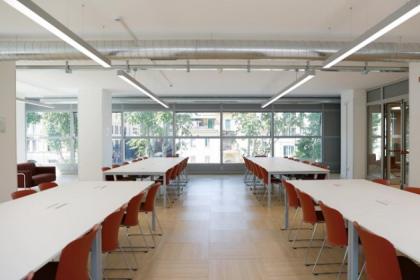
 Condividi
Condividi
Polo Culturale a Montespaccato - Aula studio
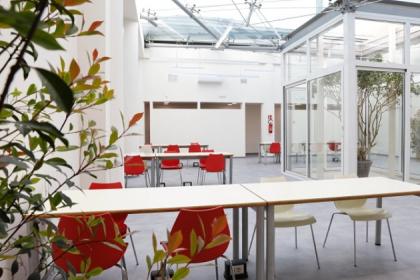
 Condividi
Condividi
Informations
 Condividi
Condividi
Locations
Pour connaître tous les services d'accessibilité, visitez la section Rome accessible.











































